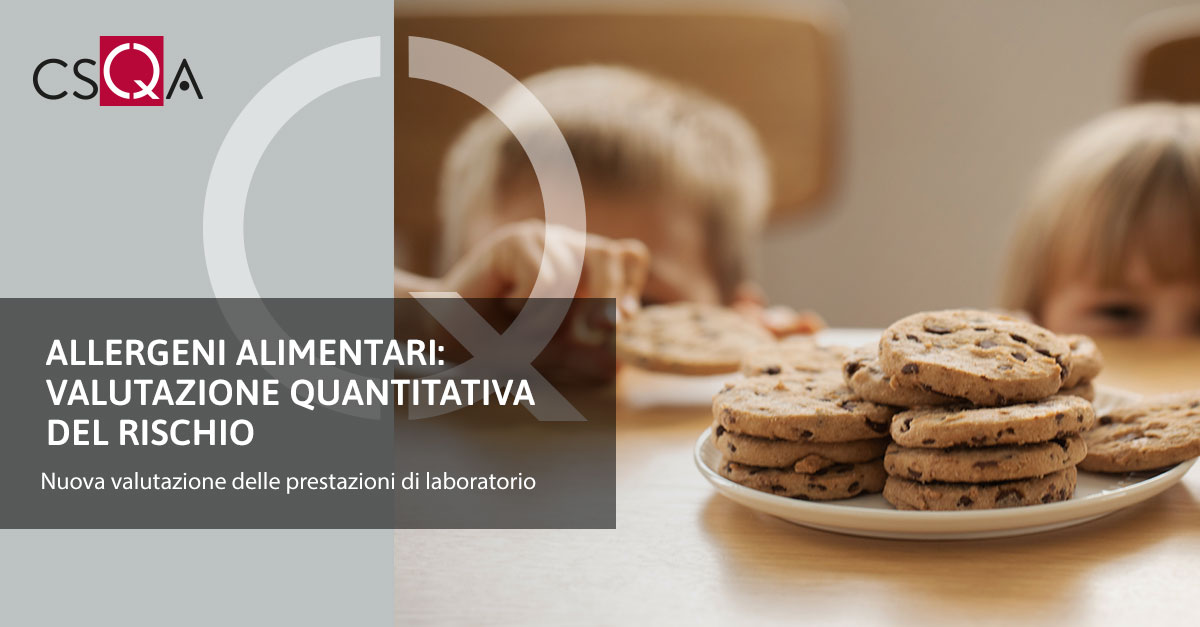 A recent study published in the peer-reviewed journal Foods by scientists from the European Commission's Joint Research Centre (JRC) highlights the complexities involved in allergen analysis, particularly in extracting allergens from food products.
A recent study published in the peer-reviewed journal Foods by scientists from the European Commission's Joint Research Centre (JRC) highlights the complexities involved in allergen analysis, particularly in extracting allergens from food products.This research focuses on the quantification of total egg and milk proteins in biscuits , an essential task to ensure consumer safety and regulatory compliance.
Allergens can enter food products intentionally or through cross-contact, leading to unintentional allergen exposure (UAP).
Although many countries have regulatory frameworks for the declaration of intended allergens, guidelines for UAPs and precautionary allergen labelling (PAL) are often inconsistent, reducing their effectiveness in protecting allergic consumers.
In response, a FAO/WHO expert consultation recommended a priority list of allergenic foods and reference doses (RfD) to aid in the management of UAPs, which are critical for consumer safety.
Accurate quantification of allergens is essential to protect people with food allergies.
To evaluate the laboratory performance, a proficiency test (PT) was organized, involving 20 laboratories that mainly used commercial ELISA kits and liquid chromatography-tandem mass spectrometry (LC-MS/MS).
The results revealed satisfactory performance for the determination of milk proteins , with 80% of participants demonstrating effective methodologies.
However, quantifying egg protein in heated products has proven challenging, as most laboratories reported values significantly lower than the reference standard, indicating widespread underestimation of egg protein content.
Several factors contribute to these differences, including denaturation of egg proteins during heat treatment , variations in extraction techniques , and the antibodies used in ELISA kits.
The lack of standardized methods and conversion factors for LC-MS/MS analysis further complicates the situation.
These challenges underscore the need for regular proficiency testing to assess laboratory performance and adhere to WHO/FAO recommendations.
The JRC has conducted previous evaluation tests to harmonise allergen measurements across Europe.
A 2018 PT focused on cow's milk protein in cookies, using a common meter to allow comparison of results across laboratories.
This approach has now been extended to the analysis of egg and milk proteins in biscuits, with results that should improve laboratory preparation and method suitability.
The results highlight the need for improved extraction strategies and the development of antibodies capable of better detecting heat-treated proteins.
In conclusion, while many laboratories have demonstrated the ability to accurately measure total cow's milk protein in biscuits, significant challenges remain in quantifying egg protein in heated products.
The adoption of optimized ELISA kits and improved extraction methodologies could improve analytical accuracy.
JRC highlights the importance of regular proficiency testing to maintain compliance with evolving WHO/FAO guidelines, ensuring consumer safety and effective management of food allergens. (Source: https://affidiajournal.com /)